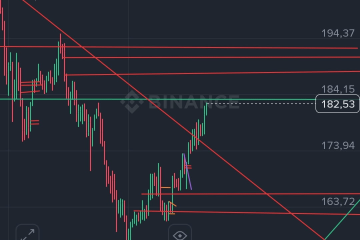Understanding KL Chart: Importance and Applications

Introduction
The KL chart, or Kullback-Leibler divergence chart, is an essential tool in statistics and information theory, primarily used for measuring how one probability distribution diverges from a second, expected probability distribution. Its significance has grown in various fields including machine learning, data analysis, and financial modeling, making it a crucial concept for professionals working with data.
The Fundamentals of KL Chart
The Kullback-Leibler divergence is a non-symmetric measure of the difference between two probability distributions, P and Q. It quantifies the information lost when Q is used to approximate P. Mathematically, it is represented as KL(P || Q) = Σ P(x) log(P(x)/Q(x)), where the sum is taken over all possible outcomes x. This equation illustrates how KL divergence helps evaluate the effectiveness of an approximating distribution Q relative to the true distribution P.
Current Relevance of KL Chart
In recent months, the application of KL charts has seen a notable rise, especially in industries utilizing advanced data analytics. For instance, businesses are using KL charts to enhance their predictive models, allowing them to gauge the performance of various marketing strategies based on historical data. Moreover, financial analysts leverage KL divergence to assess risks and anomalies in stock price distributions, which is crucial for making informed trading decisions.
Furthermore, the ongoing advancements in artificial intelligence have brought the KL chart into focus within machine learning frameworks, particularly in the training of generative models. These models often rely on KL divergence to improve their understanding of data distributions, thus enhancing their predictive capabilities.
Conclusion
The KL chart is becoming increasingly important in data-driven decision-making processes across various sectors. As companies continue to harness the power of big data, the relevance of KL divergence will only grow. Professionals equipped with knowledge of KL charts and their applications will be better positioned to interpret complex datasets effectively, leading to more strategic and informed decisions. In conclusion, the KL chart not only serves as a measure of divergence but also emerges as a key player in the evolving landscape of data analysis and interpretation.









